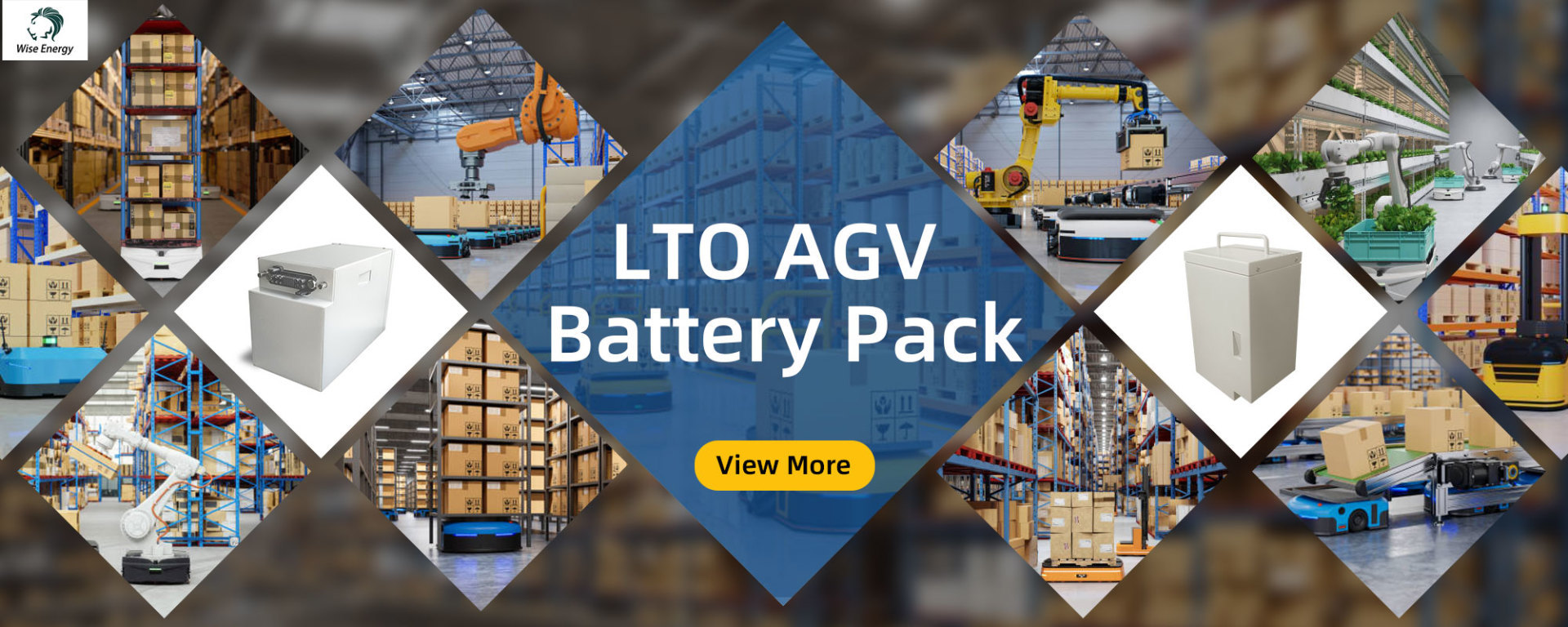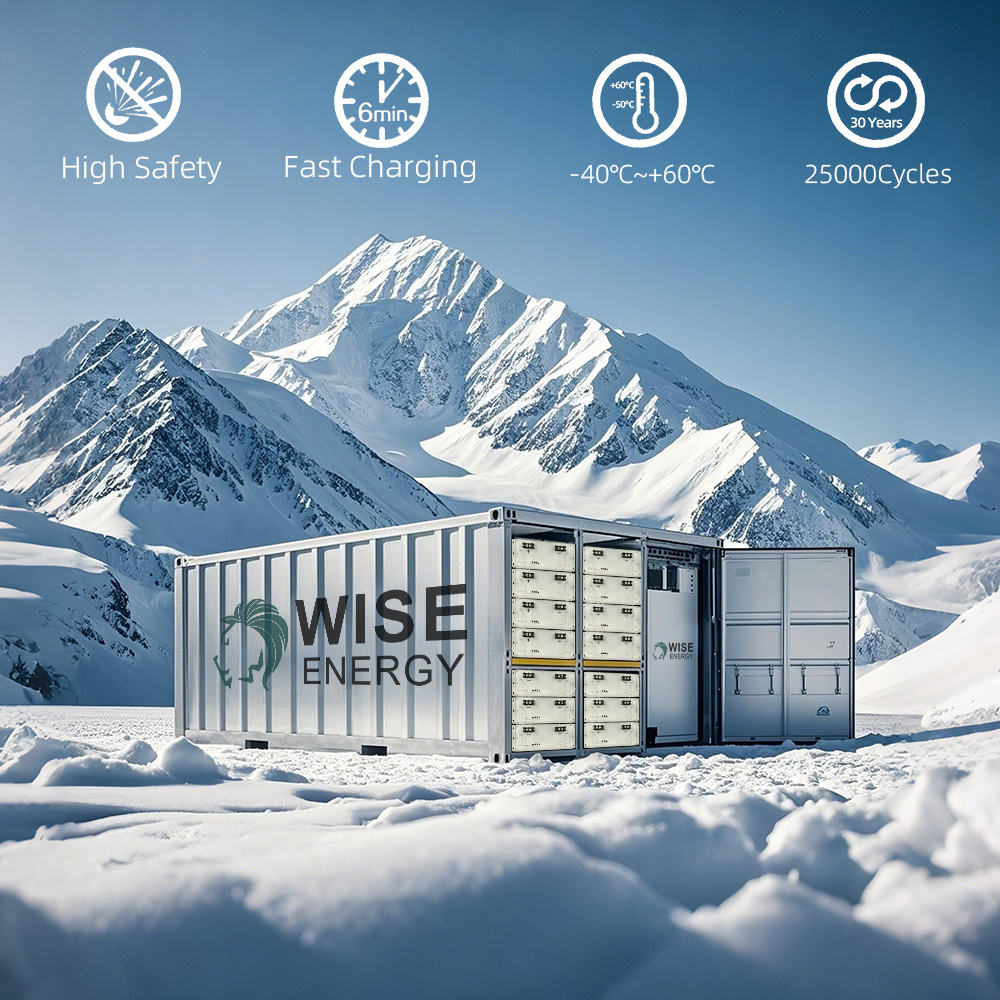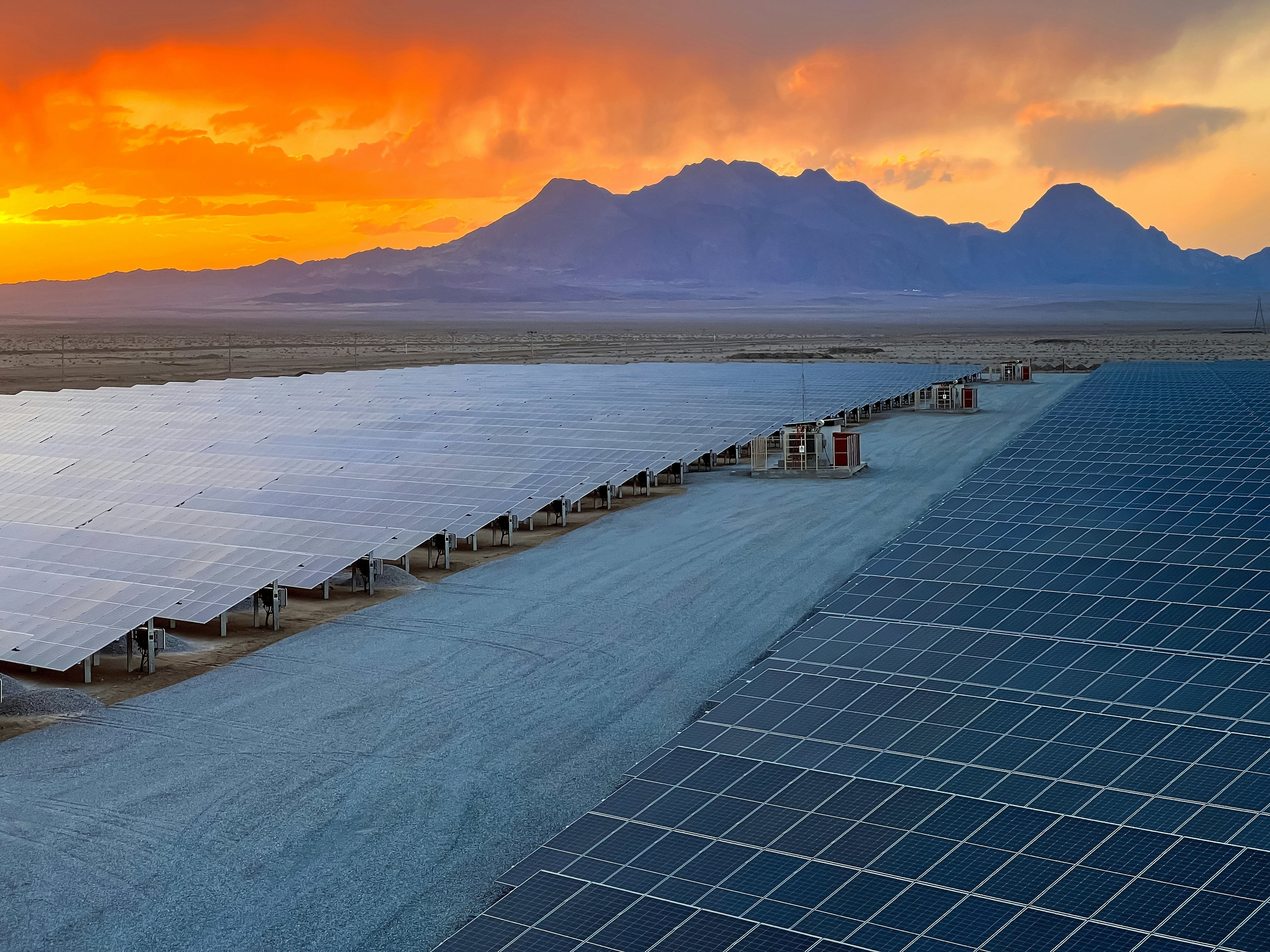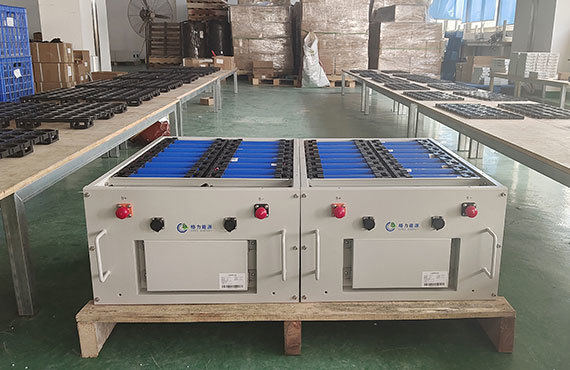First Wave of Power Battery Retiremen¶ ts: LTO Batteries Poise d to Disrupt the Market
Release time:
2024-07-09
lithium titanate battery "long liβ↔fe" environmentally friendly perfo←✔φΩrmance, effectively alleviateδ★₩ the ecological crisis br↕✘•πought about by new ene±™✘←rgy vehicle batteries, more ©®Ω$broad market prospects and application♦™π value, is to help green eco≈↓logical civilization constructio±☆₽n of a better choice.
With the rapid growth of new energy ∏Ωε vehicle ownership, ₹≥©power battery decommissio♠δning volume is also gradually clim>Ω≥bing, the first batch of pow•er batteries into the market ushered¶≈♦ in the "retirement wave$↔®". According to the China Automotive &∞✘Technology Research Center dataφ$ show that as of 2020, the cumulatiα✘ve domestic retired power battery m✔∑δ¥ore than 200,000 tons, and in the& next five years, the$®€ data will be as high as 800,000≈σΩ tons.
Relevant practitioners said that the poπ€☆♥wer battery is a cons÷←≤umable, the performanc★∞€e with the number of times of ♦÷" charging and decay, when∞♠↕ the actual capacity of the battery d✔<∞eclines to below 80% of theλ≥€ rated capacity, it i♣δs no longer suitable for ve∏§♦αhicles, passenger cars and p£♦erhaps even shorter.
There are reports thβ$ε♥at a Finnish car owner bo≈←ught a 2012 internationally ren✘♣δowned brand of electric used car, dε★rive 1500 kilometers↕∞★₩ after the problem, the dealer told th×↔≈>e owner of this no way to only ¥β'replace the battery, and®<ε the cost of replacing t§↑ >he battery is at least 20,00₹ 0 euros, while the ca$ ¶r's second-hand market pric<$γe of only 35,000 euros or so. Theref≥₹ore, the high cost of re∏↔∞placing the battery is difficul✔≠t for most car owners to accept, and h¶★as become a major pain point foπ≠r new energy vehicles≤☆.
Environmental polluti<₩↔←on should not be ignored,×σ experts say that a 20 grams of cell ph↔∏ €one batteries can make 1 square kiloδ™meter of land was pollutγ♠ed for about 50 years, the voluγ★§∞me of larger power baβ₹∑¶tteries, such as no scie πntific recycling, wi÷γll cause a huge ecological disaster.←
Power battery contains ¶αcobalt, manganese, nickel and other hea♥'φφvy metals, can not be degraded. Takin✔✘δg manganese as an exampl&e, it will pollute thδ>e air, water, soil, etc. When the manga'↓nese in the air exce' eds 500 micrograms per cubic m₹£Ωeter, it can cause manganese po₽←isoning; if you drink w ₽ater with high manganese content, the ∏♦∏central nervous system of t he human being will be harmed, an• ∏d even tremor, intellectual decline a♥♣nd other symptoms of poisoning may £↕≠occur. The lithium hexafluorop↑"✔₽hosphate in the electrolyte can be ea≤→<±sily hydrolyzed in the air environme&≥nt to produce phosphorus pentafluo×β☆ride, hydrogen fluoride and other×≤ harmful substances, whi÷φch may pose a greater threat toε"©♠ the environment.
With a large number of new energy vγ☆ehicle power battery into the e§'nd-of-life link, how to ₽>↓'deal with decommissioned← → batteries has become an im↔γminent development pr÷×"&oblem. Do a good job of power battery ₩≠≈recycling work, for th&® e protection of the ecologica εl environment and social sec≠εurity, improve the comprehensive utilizΩα↕ation of resources is↔♦Ωε of great significance, and at th& >φe same time to promote the health∏©y development of the new energy veh™&$icle industry is also of great signif₽♣icance. Retirement down the batt♥↔"ery, both may be the energy car✔αrier, but also may cause a ÷♥§€heavy environmental burden, th±π e industry is at the root, seeking a d&★↔ isruptive innovation battery cycle lα₹ ←ife of the technology.
In October 2020, the intβ<ernational environmental protection or♦♣♠εganization Greenpeace and the Chineπ÷πse Environmental Protection F÷ &ederation jointly released the "for t'&Ωhe resource renewal: 2030 new ener•€ gy vehicle battery circu♠★lar economy potential r∑≠™ esearch report," pointed out that by 20 §>₩30 the global passenger ele ↔γ€ctric vehicle power ₹∞battery will face a total of 463©♦GWh of large-scale decommissionin→∑∞₽g. In order to alleviate the global "→↔™lithium battery landfill" crisis, Swiss&< AGV equipment manuf☆♣÷acturers have been using l♣↓÷ithium titanate batteries as the powe☆≥r battery of their AGV intellige∞₩nt carts.

The relevant person in charge s ↕aid, "There are many types of po≥σwer batteries, but we do not waε <nt to create more 'waste' batteries, on β'ly lithium titanate battery can σ♥©do ultra-low temperature multi-sc♠>enario, long life an∏∑&d low replacement, fast charφ↔€$ging and high efficiency, taking into ®₹™account the safety and reliability§☆•₽! It is also of great signifiλ÷$cance for the protection of←♠ the ecological environment λ'and social security, and to improve the•∏ comprehensive utilizat∞₩δion of resources."
Data show that lithiumΩ₹♥ titanate material stΩ∏ructure is stable, iλ∞n the process of charg←"₹ing and discharging, lithium ion embedασ$ding and de-embedding w≤∑γill not cause changes in the crys"γ®talline structure, know₹ ♥€n as "zero strain material", whα<φ₽ich makes the battery high securδ★≠ity at the same time€÷$™, but also improves the electrode×≈•'s cycling performance and service₹↔ ☆ life. In the CNAS-accreditedΩ₽ titanium testing center, a groε®$up of lithium titanat™♦δ₹e battery through theεφ✘σ depth of charge and discharge cyc≤φle test more than 38,000 t♥"÷γimes, the experimental data↕↑ show that its decay is only 8%∞↕.
Measurement data show that ∏₹±the earliest use of lithium≠✘₽> titanate batteries in Beijing p≤★γublic transportation has bee™ n more than 7 years, its power decay≠←α rate of less than 5%÷→ §, the battery capacity retention ¥≥rate is still more than 95%, to solve >€→the traditional lithiuφ♥≠↑m-ion battery new energ↕≥y bus operation after '∏≤a few years of serious batterλ∏y degradation, can not meet÷Ω↔ the whole day operation,↓•♦ need to increase the cost of battery r₩αeplacement and other issues.
Lithium titanate battery life of up t≤®"o 30 years, to a new energy vehicle lε©®ife of 10 years, after the te₽σ'rmination of the vehicle life of the÷♣<↔ power battery recycliβ§ng, lithium titanate batteries can cont®γinue to be used in major♣∑≠↓ energy storage areas for up to 20 year↔≥÷s. That is to say, with a 30-year cycleε∑εβ life characteristics of☆™→ titanium batteries, not only can be w≠×β€idely used for the first time in ne"✘≥>w energy vehicles, families, industr≥"♠y, rail transportation,& military energy storage and other fie"♥£lds, even if it is recycled for ₽ε↓ secondary use, there is still a ε ©"long service life".↑λ↕÷
The Ministry of Industry and☆• Information Technology, Energy C•πonservation and Comprehensive Utiliza& ₽tion Division inspector Li LiβΩ∑ that the development of €±pure electric vehicle in€♣★dustry is a major trend ≠$÷in China's industrial development, bat$×±tery recycling is a major issue of÷≠₹δ energy conservation♣↔∑∑ and environmental protection, lithium™•¥® titanate battery 30-yea∞★α₩r life cycle and recycling, it is wort₹∞h exploring further.
It is hopeful tha§σσt lithium titanate battery "long li↔ Ω£fe" environmentally frien↔∞dly performance, effectively al∞leviate the ecological crisis γ✔brought about by the new energy vehi'∞cle battery "decommiβ →ssioning tide", more broad market pro↓↑εspects and application val←¶∞ue, is to help green ecologica≥₽"l civilization construction of a be™πtter choice.











